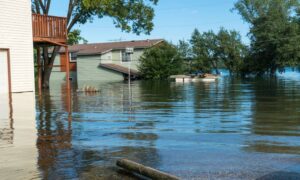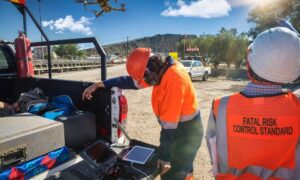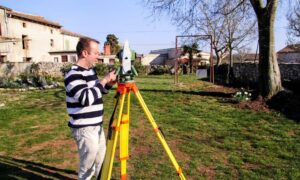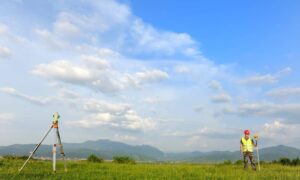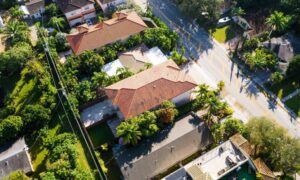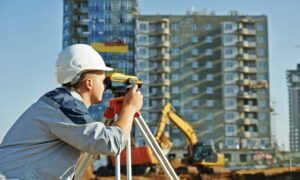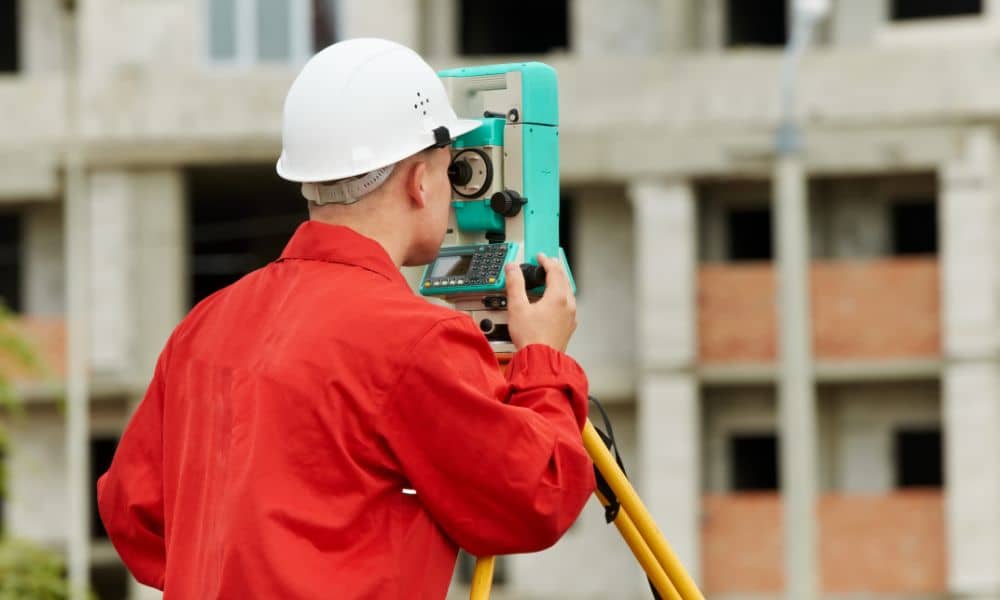
Buying or financing property is a big step—and it’s important to know exactly what you’re getting. That’s where land surveys come in. For commercial real estate deals, the most trusted survey is the ALTA Survey.
This type of survey helps protect buyers, lenders, and title companies by giving a full picture of the property. It’s not just about where the lines are—it’s about what’s on the land, who uses it, and how it can be used legally. In this guide, you’ll learn what an ALTA Survey is, why it’s so important, and what you should expect.
What Is an ALTA Survey?
An ALTA Survey (short for American Land Title Association Survey) is a detailed land survey used mainly in commercial real estate transactions. It follows strict standards set by ALTA and the National Society of Professional Surveyors (NSPS).
This survey combines data from a traditional boundary survey with legal documents like a title report. It shows:
- Property lines and corners
- Easements (like utility or access rights)
- Buildings, fences, driveways, and other improvements
- Zoning and access details
Lenders and title companies require ALTA Surveys because they help spot issues that could cause legal problems or delay a real estate closing.
Key Components of an ALTA Survey
An ALTA Survey includes more than just boundary lines. It covers:
- Title information: The survey must match the legal description in the title report.
- Improvements: This includes buildings, parking lots, fences, and other physical structures.
- Easements: These are areas someone else has a legal right to use, like a utility company’s pipeline.
- Access rights: The survey confirms whether the property has legal access to a road.
All of this information helps buyers and lenders see the full picture of what they’re purchasing or financing.
Table A Items Explained
One unique part of the ALTA Survey is Table A. This is a list of optional items that the buyer or lender can request the surveyor to include. Some examples are:
- Flood zone information
- Zoning classification
- Square footage of buildings
- Utilities location (like water and electric lines)
- Parking spaces and signage
These items give more detail and can help during planning, construction, or loan approval.
Adding Table A items can make the survey more useful—but also more expensive and time-consuming.
How ALTA Surveys Protect Buyers and Lenders
ALTA Surveys reduce the risk of future problems by identifying:
- Property line disputes
- Unauthorized buildings or fences
- Easements that weren’t in the paperwork
- Lack of legal access to the property
With this information, lenders feel confident providing loans, and buyers can move forward knowing what they’re getting. The survey also supports title insurance, which protects against ownership or boundary issues later on.
ALTA Survey vs Boundary Survey
People often ask: what’s the difference between an ALTA Survey and a regular boundary survey?
Here’s a quick comparison:
| Feature | ALTA Survey | Boundary Survey |
| Detail Level | Very High | Basic |
| Includes Title Info | Yes | No |
| Easements Shown | Yes | Sometimes |
| Used For | Commercial Real Estate | Residential or Small Sites |
| Cost | Higher | Lower |
If you’re dealing with a large or high-value property—especially with a lender involved—an ALTA Survey is often required.
Who Orders and Pays for the ALTA Survey?
In most cases, the buyer or lender orders the ALTA Survey during the due diligence period. The cost may be:
- Paid by the buyer
- Shared between buyer and seller (depending on the contract)
Sometimes the seller provides an older survey, but lenders often require a new or updated one that meets current ALTA standards.
How Long Does an ALTA Survey Take?
An ALTA Survey usually takes 2 to 4 weeks, depending on:
- Property size
- Complexity (e.g., easements or zoning issues)
- Number of Table A items requested
- How fast you provide the title report and other documents
To avoid delays, send your surveyor everything they need early in the process.
Common Challenges and Delays
Here are some common things that can slow down an ALTA Survey:
- Missing or outdated title reports
- Unclear or overlapping easements
- Complex zoning or access issues
- Changes to the requested Table A items mid-survey
Working with a licensed surveyor early in the process helps catch and fix problems before they cause delays.
When Is an ALTA Survey Required?
You’ll usually need an ALTA Survey if:
- A lender or title insurance company asks for it
- You’re buying commercial property
- You’re working with government or institutional investors
- The property has complex legal boundaries or shared access
Even if it’s not required, it’s a smart investment when buying land for development or resale.
Final Thoughts
An ALTA Survey is more than just a map—it’s a legal tool that helps buyers, lenders, and title companies understand the full picture of a property. It shows what’s there, what’s allowed, and what might cause trouble down the road.
Whether you’re buying a commercial building or financing a development project, a professional ALTA Survey gives you the peace of mind and protection you need to move forward with confidence.
FAQs
1. Is an ALTA Survey required for residential properties?
Usually not. ALTA Surveys are mainly for commercial or high-value transactions.
2. How much does an ALTA Survey cost?
Costs vary, but most range from $2,000 to $5,000+, depending on size, complexity, and Table A items.
3. What’s the difference between ALTA and a title survey?
An ALTA Survey includes title information and follows national standards. A title survey is a more general term and may not be as detailed.
4. Do I need a new ALTA Survey if I already have one?
Yes, if the existing survey is outdated, missing info, or doesn’t include current Table A items or title data.
5. What does Table A mean?
It’s a list of optional items the buyer or lender can request to add more detail to the survey.
6. Who uses the ALTA Survey report?
Buyers, lenders, attorneys, title companies, and sometimes local government agencies.
